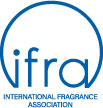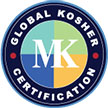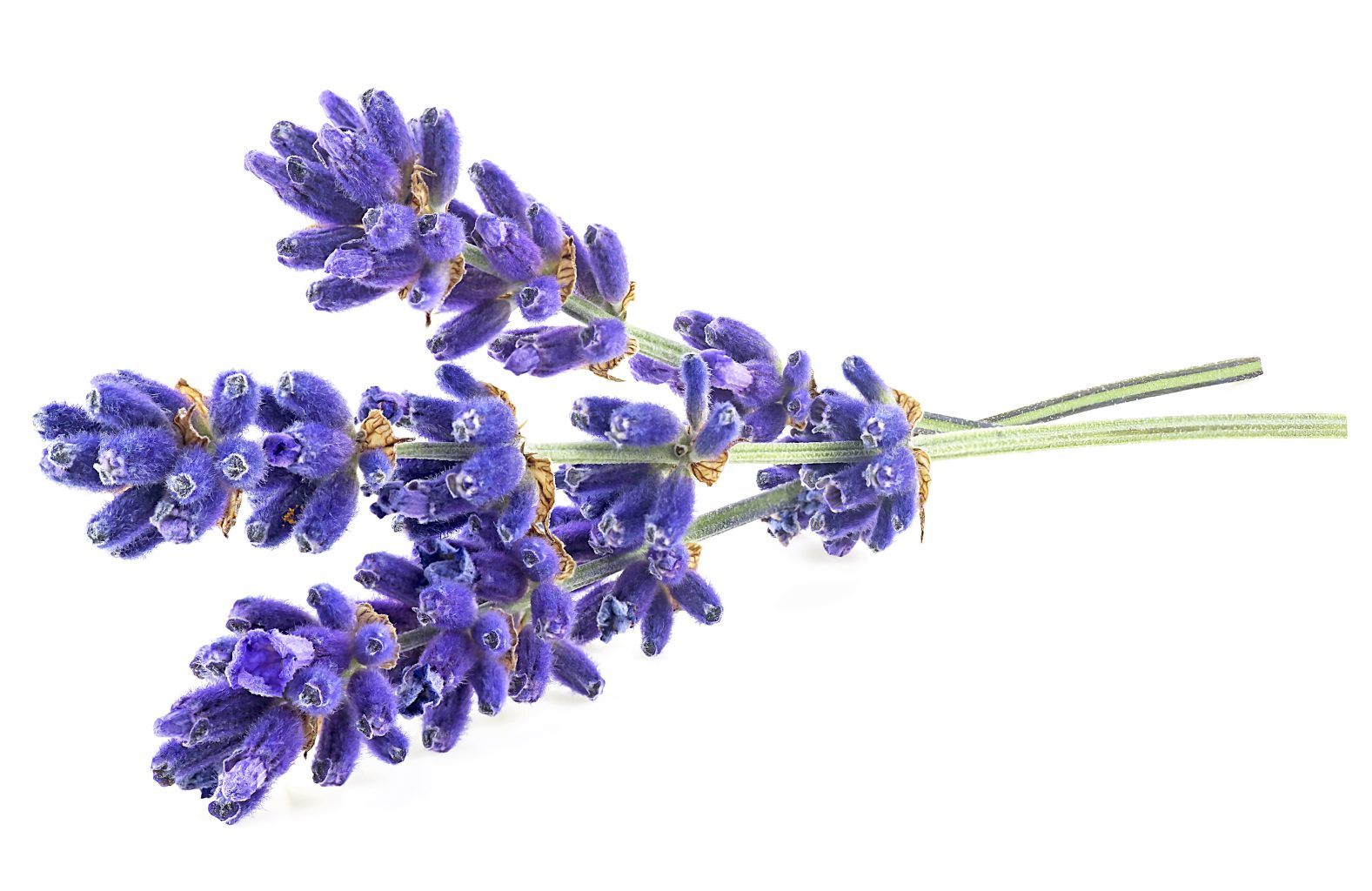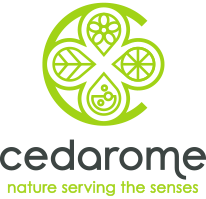Description
Lavender Essential Oil is extracted from the flower heads and flower spikes of the Lavandula angustifolia plant through steam distillation.
Olfactive Profile
Fresh, herbaceous, and floral
Appearance
Colorless or yellow
- Details
- Technical Information
- Downloads
- Sources
Details
Botany
Lavender is a perennial shrub that belongs to the Lamiaceae family and grows between 30 cm to 1 meter (1-3 feet) in height. It has multiple branching stems with gray-green leaves and aromatic purple or blue flowers that grow at the top of the stem in spikes.
Ethnobotany
Lavender originated in ancient Rome and Greece, and has been utilized for centuries across Asia, Europe, and the Middle East. It was primarily utilized for traditional medicine and culinary purposes.
Uses/Application
Lavender oil is used in aromatherapy, flavor, pharmaceuticals, cosmetics, and fine fragrance. [1, 2, 3, 4]
Technical Information
CAS: 8000-28-00
INCI: LAVANDULA ANGUSTIFOLIA (LAVENDER) OIL
FEMA: 2622
EC: 289-995-2
Botanical name: Lavandula angustifolia
Botanical family: Lamiaceae
Accepted synonyms: Lavandula vera, Lavandula officinalis
Common names: Bulgarian Lavender
Origin: Bulgaria
Cultivation method: Plantation
Harvest period: June to July
Plant part used: Flower heads and flower spikes
Method of extraction: Steam distillation
Main components: Linalool, linalyl Acetate, Camphor, 3-Octanone, 1,8-Cineol (Eucalyptol), cis-beta-Ocimène, trans-beta-Ocimene, Terpinene-4-ol, alpha-Terpineol, Lavandulyl acetate. [5, 6]
Refractive Index at 20 Deg C: 1.459-1.470 (FCC)
Specific Gravity at 25 Deg. C: 0.875-0.888 (FCC)
Certifications and Declarations:



Certificate of Analysis
- SDS
- Food Grade
- Natural Statement
- Origin Statement
- GMO Free
- Allergen
- Prop 65
Downloads
Sources
[1]. Maud Belmont (2013) Lavandula angustifolia M., Lavandula latifolia M., Lavandula x intermedia E. : études botaniques, chimiques et thérapeutiques, Ph. D. Dissertation, Faculty of Pharmay of Grenoble.
[2]. Audrey Vannière (2021) La lavande: phyto-aromathérapie et conseil en officine, Thèse de Doctorat d’État, Faculté de Pharmacie de Marseille.
[3]. S. Demasi, M. Caser, M. Lonati, P. L. Cioni, L. Pistelli, B. Najar and V. Scariot (2018) Latitude and Altitude Influence Secondary Metabolite Production in Peripheral Alpine Populations of the Mediterranean Species Lavandula angustifolia Mill., Frontiers in Plant Science July 2028, Vol. 9, Article 983
[4]. F. Saeed, M. Afzaal, M. A. Raza, A. Rasheed, M. Hussain, G. A. Nayik, M. J. Ansari (2023) Lavender essential oil: Nutritional, compositional, and therapeutic insights In: Gulzar Ahmad Nayik and Mohammad Javed Ansari (Editors) Essential Oils: Extraction, Characterization and Applications Academic Press (March 2 2023)
[5]. Sofia Lafhal Caractérisation, traçabilité et contrôle qualité des huiles essentielles de lavandes et de lavandins : Apports des signatures chromatographiques et spectroscopiques Thèse de Doctorat en Chimie, Aix Marseille Université, Décembre 2015.
[6]. Kozuharova E, Simeonov V, Batovska D, Stoycheva C, Valchev H, Benbassat N (2023) Chemical composition and comparative analysis of lavender essential oil samples from Bulgaria in relation to the pharmacological effects. Pharmacia 70(2): 395–403. Chemical composition and comparative analysis of lavender essential oil samples from Bulgaria in relation to the pharmacological effects



